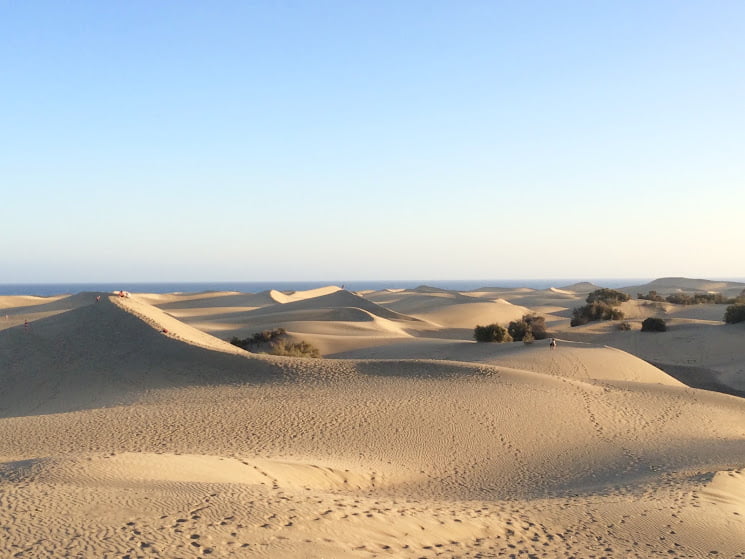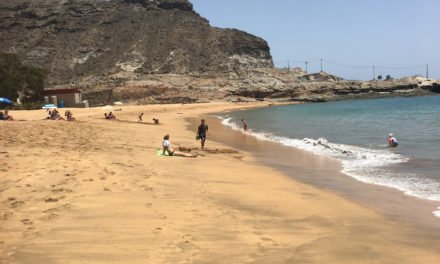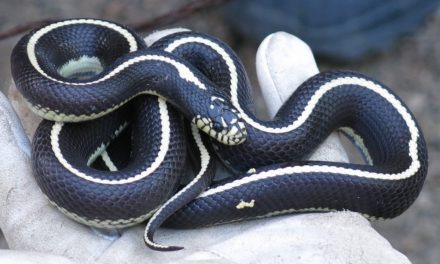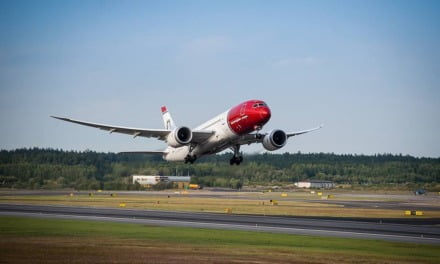 The Cabildo de Gran Canaria has undertaken an ambitious plan for the environmental restoration of the Maspalomas dunes system, the first of its kind ever in the world undertaken on arid dunes, the objective is to avoid the gradual disappearance of the dunes by moving up to 60,000 cubic meters of sand and installing artificial collectors, among other measures.
The Cabildo de Gran Canaria has undertaken an ambitious plan for the environmental restoration of the Maspalomas dunes system, the first of its kind ever in the world undertaken on arid dunes, the objective is to avoid the gradual disappearance of the dunes by moving up to 60,000 cubic meters of sand and installing artificial collectors, among other measures.
The Masdunas project has a budget of €1,155,000, the Cabildo aims to halt the continual loss of sand and to return part of the ecosystem of the dunes, a pioneering target, starting with a pilot phase of two years that will continue according to the results, the president of the Cabildo, Antonio Morales, explained emphasising the island’s intention to act firmly in implementing this first ever plan to save the environment of the dunes from erosion.
A primary goal is to recover species that are fundamental for the development of the dunes, the Cabildo aims to restore the eight kilometers of official trails that run through the Nature Reserve, so that transit of people through the areas of greatest environmental fragility are kept to the minimum possible.

In addition, the Cabildo will plant 350 balancones (Traganum moquinii plants) and create artificial sand collectors. In total, there will be 78 sand collectors in various experimental plots that seek to promote the creation of new dunes throughout the natural space, Minister of Environment, Miguel Ángel Rodríguez, said while along with the president acknowledging the hard work and perseverance of the project director, Miguel Ángel Peña.
October 1 will see the start of sand movements from the tip of La Bajeta, where it will be collected from the shore before otherwise being lost out to the ocean, and it will be moved to the natural beginning point for its journey in Playa del Inglés. This transfer of sand will be undertaken periodically, always in lowest tourist season and at night.
From a natural perspective, the Maspalomas dune system has a dynamic equilibrium providing a point of connection between the normal sand flows, toward the tip of La Bajeta, which acts as a reservoir. However, given that its storage capacity is finite, extreme storms in the southwest can lead to considerable loss of sand.

This action aims to set back the tip of La Bajeta to the maximum limits of the beach profile that have been registered historically, corresponding to the year 1995, to generate a natural trap that prevents further sand loss.
The Cabildo will relocate the sand extracted in Playa del Inglés, so that it is transported naturally by the wind to the coastal dune, characterized by the presence of specimens of balancones (Traganum moquinii), which in turn will modify the transport and form the dunes barjanas, characteristic of this system of mobile dunes.
The project also includes the advancing of scientific knowledge with three teams of researchers who will closely monitor the movement of the sand and its interaction with collectors and balancones.
By means of 16 photogrammetric flights with oblique laser, ground measurements and video tracking in the submerged sebadales, the technicians will be able to advance the study to stop or compensate the sedimentary erosion of the dunes.
Masdunas will also have a specific website (www.madunas.com) (* though website does not appear to work just yet ) , with informative material, social network and support of a bilingual environmental interpreter to make guided tours of the project.
The dunes of Maspalomas and the sebadales of Playa el Inglés are cataloged by the Canary Network of Natural Protected Areas as a Special Natural Reserve, in addition to being recognized as a Special Conservation Area by the Natura 2000 Network.










